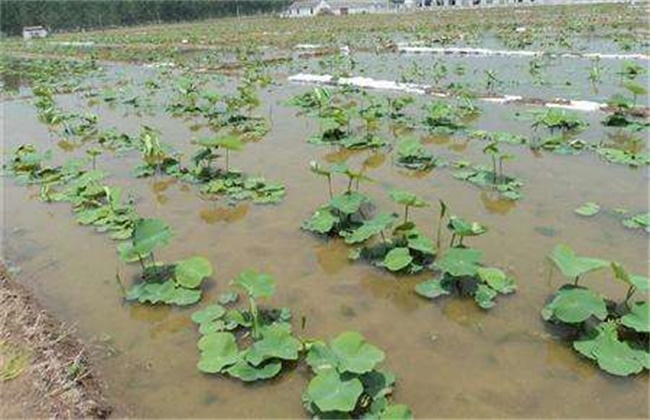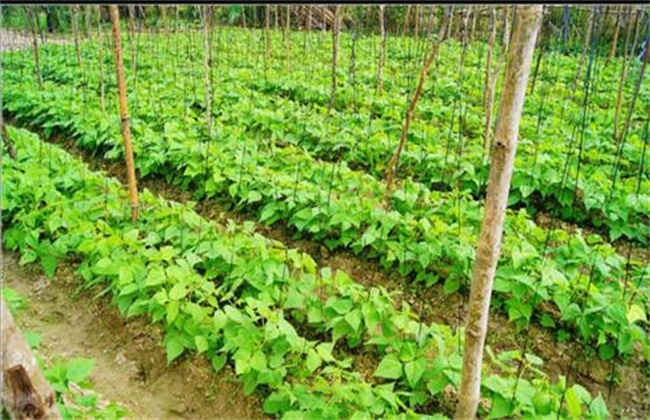Causes and control methods of flower bud shedding of four-rowed bean
Four-rowed beans, also known as winged beans, quadrangular beans, are cultivated in Hainan, Guangxi, Taiwan and other places in China. Not only tender leaves and pods are edible, but also roots are edible, with high nutritional value. However, in the process of planting four-rowed beans, there will always be the phenomenon of bud shedding, which seriously harms the yield and quality of four-rowed beans, so how to prevent and cure it? Let's take a look.

1. Shedding at the early stage of flowering
The bud shedding at the early flowering stage of four-rowed bean is mainly due to the hypoplasia of flower bud caused by high temperature. in addition, the vegetative growth of branches and leaves exceeds reproductive growth, which will also lead to bud dysplasia, so that it can not bloom or bear pods.
Control measures: sowing at the right time, cooling measures should be taken in the period of high temperature, or plant growth regulators can be used to protect flowers and pods, or triacontanol can be used to promote early flowering and increase pod setting rate.
2. Shedding in full bloom
The main reason for bud shedding in the peak flowering period is that the flow of photosynthates is scattered and the nutrition supply of flower buds is insufficient, which is the most exuberant period of vegetative growth and reproductive growth. There is a fierce competition for nutrition in each development center, when photosynthates flow to stems and leaves, blossom and pod, root expansion and nitrogen fixation by rhizobium, which often lead to insufficient nutrition and mass shedding of flower buds and young pods.
Prevention and control measures: to add fertilizer and water management, rational use of nitrogen, phosphorus and potassium fertilizer, timely pruning and topping, inhibiting plant vegetative growth, thinning weak flowers, can concentrate nutrient supply and greatly improve pod setting rate.
3. Climatic factors
Different regions, because of differences in geographical conditions, often cause abnormal bud development, resulting in obstruction of flowering and fertilization and shedding.
Control measures: plant growth regulators can be used to prevent pod drop, such as triacontanol, gibberellic acid and so on.
4. Damage to Chilo suppressalis
In some old vegetable fields or continuous cultivation of beans, the pod borer is seriously damaged, and its larvae often choose to eat the lower part of the pods, which will clean the young pods and nibble away, causing pods to fall and buds to fall off.
Control measures: to control bean pod borer, 2.5% cyhalothrin 1500-2000 times or 0.36% matrine 1000 times can be used for spray control.
The above is the introduction of the causes and control methods of bud shedding. I hope it can help you. If you want to know more about it, please pay attention to us.
Related
- Where is it suitable to grow horseradish in China? it is expected to see the middle altitude horseradish in Alishan.
- How to prevent tomato virus disease reasonably? (Control methods included)
- Many people like to plant towel gourd on the balcony. What are the main points of this method and management?
- What crops can chili peppers be mixed with?
- Fertilization techniques and matters needing attention in Tomato
- What are the grafting techniques for peach seedlings in spring?
- Harm and control methods of root swelling disease of Chinese cabbage
- What are the pests of sweet potatoes? How to prevent and cure it?
- Symptoms, causes and Control methods of navel Rot in Tomato
- The cause of "Cucumber rotten bibcock" in Farmers' planting Cucumber and its Control Plan



